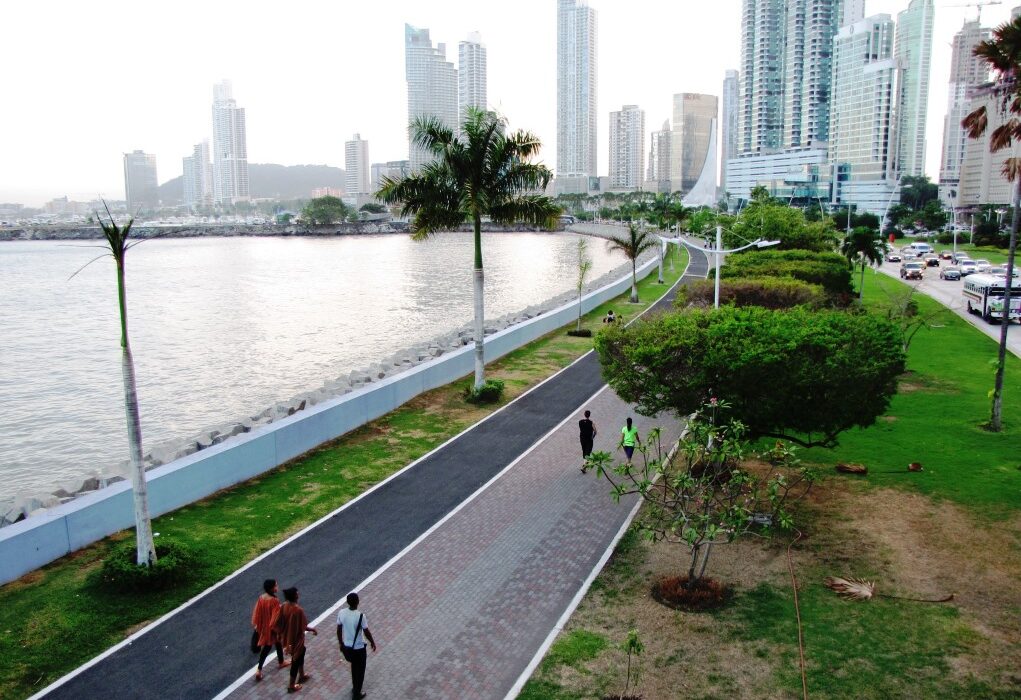The heavily forested Himalayan kingdom of Bhutan—which measures its success in “Gross National Happiness”—hasn’t made a net-zero pledge, as have a growing number of nations.
That’s because it is already carbon-negative, absorbing more climate-changing emissions each year than it produces. [This is what’s necessary to actually restore our climate, rather than simply slowing down the rate at which we’re destroying it, as originally documented in the 2002 book, The Restoration Economy, and more recently in the 2020 book, RECONOMICS: The Path To Resilient Prosperity.]
The forests of the thinly populated country of less than a million people absorb more than 9 million tons of carbon each year, while its economy, designed to reduce fossil fuel use and waste, produces less than 4 million tons.
“We are showing the world what we can do if we have the political will,” Sonam Wangdi, secretary of their National Environment Commission, told the Thomson Reuters Foundation in an interview at the U.N. climate talks in Glasgow.
A tiny but growing club of “carbon negative” forest countries is emerging, with Suriname—a small rainforest country north of Brazil—already a member, and Panama expected to be certified later this year.
What they have in common is strong protection of their carbon-absorbing forests alongside increasingly tough measures to hold down climate-changing emissions, including efforts to adopt renewable energy, electrify transport and cut waste.
At COP26, they formed a formal alliance, signing a declaration calling for international finance, preferential trade, carbon pricing and other measures to support their economies and other “carbon negative” nations yet to emerge.
“We are taking the first step. What is the world doing for us? We’re looking for support,” said Albert Ramdin, Suriname’s foreign minister, at the signing.
“What these three countries have achieved has been based on national efforts and national sacrifice,” he added.
Wangdi said Bhutan’s carbon-negative path began in the 1970s, when its then-king rejected plans to grow economically by cutting forests to make way for farms and industry.
Instead, the king pushed for an economy built in part on sustainable forest management, with a focus on balancing conservation and development, Wangdi said.
That has ultimately helped the tiny, landlocked kingdom protect its environment while cutting its poverty rate from 36% in 2007 to 12% in 2017, according to the World Bank – though the pandemic has recently pushed the rate up slightly.
“We don’t extract as much, we reuse, we recycle. It’s an effort not just by government but by everyone,” Wangdi said.
Bhutan’s laws require the government to maintain at least 60% forest cover; currently trees cover 72-73% of the land.
JOIN THE CLUB
Erika Mounes, Panama’s foreign minister, said channeling economic benefits to nations that protect their forests is key to expanding the “carbon negative” club and helping drive global efforts to cut climate-changing emissions.
“Being carbon negative has a cost. There’s surveillance – when you have a protected area you have to make sure it’s actually protected,” she told the Thomson Reuters Foundation.
Educating citizens about protecting nature is also crucial, she said, since “they are the actual forest-keepers.”
Panama now hopes to share what it has learned on its path to being certified carbon negative by the U.N. climate secretariat, including lessons from its indigenous forest communities.
“If we’re able to do it, then many more can do it.”
Photo of Panama City, Panama waterfront by Storm Cunningham.
This article by Laurie Goering (edited by Lyndsay Griffiths) originally appeared on the website of the Thomson Reuters Foundation, the charitable arm of Thomson Reuters. Reprinted here (with minor edits) by permission.

